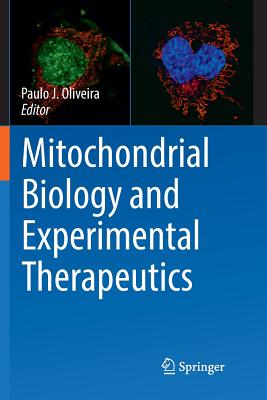Store-Operated Ca²⁺ Entry (Soce) Pathways: Emerging Signaling Concepts in Human (Patho)Physiology
Groschner, Klaus, Graier, Wolfgang F., Romanin, Christoph
- 出版商: Springer
- 出版日期: 2017-09-20
- 售價: $10,820
- 貴賓價: 9.5 折 $10,279
- 語言: 英文
- 頁數: 645
- 裝訂: Hardcover - also called cloth, retail trade, or trade
- ISBN: 331957731X
- ISBN-13: 9783319577319
-
相關分類:
生物資訊 Bioinformatics
海外代購書籍(需單獨結帳)
商品描述
Combines basic research with clinical aspects
The second edition was updated with new discoveries in the field of structural biology, optogenetics and disease
Introduces the most recent concepts of linkage between SOCE and mitochondrial Ca2+ signaling
Gives insight into the newly identified molecular structure of the STIM-Orai machinery at the atomic resolution level
作者簡介
Prof. Klaus Groschner studied Pharmacy at the School of Pharmacy, University of Graz, Austria. He completed his PhD studies at the Department of Pharmacodynamics in Graz and received part of his postdoctoral education at the University of Miami, Florida, USA, studying electrophysiology and cell biology. In 1990 he became an Assistant Professor at the Department of Pharmacology and Toxicology and received his Habilitation in Pharmacology and Toxicology along with promotion to Associate Professor in 1993. Until 2011 he was head of a research unit for Physiology and Pharmacology of Membrane Transport at the Institute of Pharmaceutical Sciences at the University of Graz. Since 2012 he is Full Professor for Biophysics and Chairman at the Institute of Biophysics at the Medical University of Graz.
Prof. Wolfgang F. Graier studied Pharmacy at the University of Graz, Austria and received his PhD in Pharmacology at the Department of Pharmacology and Toxicology, Universityof Graz. In 1993, 1994 he was a postdoctoral research fellow, analyzing physiology and membrane biophysics at the Dalton Cardiovascular Research Center, University of Missouri, Columbia, USA. In 1994 he became an Assistant Professor at the Department of Medical Biochemistry, University of Graz. In 1995 he became Associate Professor (Habilitation) in Biochemical Pharmacology and in Physiology in 2001 at the Department of Medical Biochemistry, University of Graz. Since 2009 he is Full Professor for Molecular Biology and Chairman of the Institute of Molecular Biology and Biochemistry at the Medical University of Graz. Since 2015 he is also Head of the Nikon-Center of Excellence for Super-Resolution Microscopy: Cells & Organelles that is part of BioTechMed, the concerted research platform of the Medical University Graz, the University of Graz, and the Graz Technical University. In 2016 he co-founded a spin-off company named Next Generation Fluorescence Imaging, NGFI, (www.ngfi.eu).
Prof. Christoph Romanin studied Chemistry at the Technical University of Graz, Austria and completed his doctoral studies at the Department of Pharmacology and Toxicology, University of Graz. In 1986 he started with a post-doc position at the Institute of Biophysics of the University of Linz, Austria, where he became Professor in Biophysics (Habilitation) in 1993 and served as an Associate Professor since 1997. In 2001 he was a guest researcher at the NIA, the National Institute on Aging of the NIH in Bethesda, USA. Currently, he is vice-chairman of the institute and head of the Ion Channel Group at the Institute of Biophysics in Linz, Austria.























